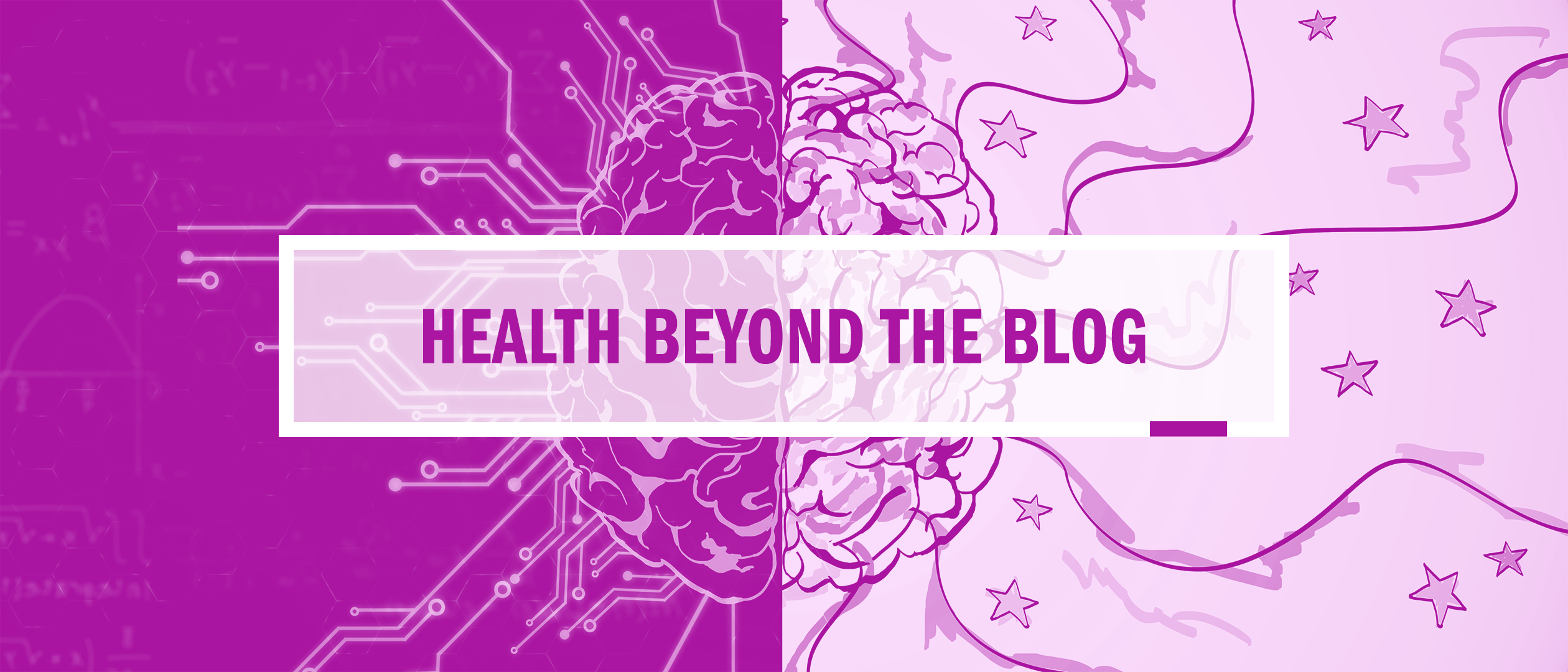News Team member Julia Roth reports that amidst ongoing research and controversies, MDMA-assisted therapy emerges as a beacon of hope, potentially transforming the treatment landscape for individuals grappling with the enduring impacts of PTSD.
Brainless Jellyfish Demonstrate Learning Ability
By Veronique Greenwood, The New York Times
The journal Current Biology published a study on September 22 that a box jellyfish species called Tripedalia cystophora has the ability to learn, despite not having a brain. Scientists recreated mangrove roots, a common plant in the jellyfish’s natural environment, using light and dark strips in the lab. Then they tested to see if the jellyfish would change their behavior after running into the “roots.” The researchers studied cells in the jellyfish and noticed that the signaling pathways looked different when the cells were prompted with a small electrical pulse. The study is notable because it could prompt further research into whether nerve cells need to be part of the brain to have the capacity to learn.
— by Chaya Tong
Why There’s a Serious Cancer Drug Shortage, and How to Fix It
By Shi En Kim, Scientific American
This year, one of the decade’s largest drug shortages continues to impact hundreds of thousands of patients, including cancer patients. With fifteen critical therapeutics low on stock, patients whose lives depend on these drugs have been forced to switch to alternative regimens that may not be as effective. However, the drug shortage isn’t limited to just chemotherapy drugs. In fact, 309 drugs made up the shortage during its peak in the summer months.
The drug industry’s vulnerability is showing especially when it comes to the generic drug market, as competition is steep and financial reward is low. The lack of available generics, along with scandals involving former distributors, has led the FDA to temporarily source these drugs from different private companies. Evidently, steps need to be taken to solve the issue. Suggested solutions include governmental over-purchasing, government market takeover, business remodeling, or raising prices for these drugs. However, more clarity is still needed around the cause of this issue before an optimal strategy can be adopted.
— by Jeeya Sharma
Subsidized Meals in Child Care Tied to Healthier Kids and Families
By Erin Blakemore, The Washington Post
Researchers from Boston University and several other institutions have found that children who receive food through the federally funded Child and Adult Care Food Program (CACFP) are less likely to have household food insecurity, poor or fair health, and emergency room visits. Among the findings of the study was the discovery of a possible buffering effect of food programs on food insecurity in special health-care needs children. This study illustrates the importance of policies to enhance CACFP, especially since participation and funding dropped during the COVID-19 pandemic.
— by Ellie Purinton
Special delivery! Biggest-ever haul of asteroid dust and rock returns to Earth
By Alexandra Witze, Nature
Touchdown! A capsule from the OSIRIS-REx (Origins, Spectral Interpretation, Resource Identification, Security-Regolith Explorer) spacecraft, a NASA mission that launched in 2016 with the goal of collecting material from asteroids, landed in Utah today. It carries 250 grams of material from the asteroid Bennu, nearly fifty times the amount of material from the previous largest exploration mission, put on by the Japan Aerospace Exploration Agency in 2019. This marks the first time NASA has ever brought asteroid pieces back to Earth, and lead researchers on the project speculate that the information they find in these space rocks could give clues to the origin of our solar system. While it will take some time to study the composition of the asteroid, they are expecting to find plenty of organic compounds, which are carbon-based molecules that form the foundation for many types of chemistry, including life-based chemistry. Organic compounds have been analyzed from meteorites – asteroids that have collided with Earth – but this is the first time they can hope to find some in a more “pure” sample uncontaminated by Earth’s atmosphere.
A short roadblock may occur, however, if the US government shuts down on October 1st, which is projected to happen if Congress cannot agree on a spending deal by the end of the fiscal year on September 30th. The last US government shutdown lasted nearly five weeks. However, this project isn’t time-sensitive. These rocks have waited billions of years, so they can wait just a little longer.
— by Katie Stachowicz
‘Only God Can Thank You’: Female Health Workers Fight to Be Paid
By Stephanie Nolen, The New York Times
Misra Yusuf, an Ethiopian community healthcare worker, delivers polio vaccines, contraception, diagnostic screenings, COVID-19 vaccines, and so much more, while only being paid $90 a month. Much like Yusuf, community health workers undertake incredible medical feats on a daily basis, yet they are rarely adequately compensated for their labor. Despite the difficult pay, they continue with the work out of a commitment to the well-being of their neighbors and an awareness that they are often the only mode of healthcare delivery. Many of the workers whose labor is exploited are marginalized and isolated women who spend much of their lives being ushered toward traditional roles or provisional roles of caring. As acts of caring are perceived as an integral part of the female gender role; an implicit expectation, most of these women are denied pay.
As PPE and appropriate funding became scarce during the COVID-19 pandemic, community healthcare workers grew frustrated, contributing to the growing demand for compensation in countries such as India and Kenya. At last, the community health workers have begun achieving self-advocacy, receiving stipends, and garnering support from groups around the world. In recent years, community health workers have been able to form substantial labor movements as their range of contact has been amplified through social media and other technological tools of communication. The fight for appropriate compensation in remote parts of the world persists as community health workers work to acquire the wages and resources needed to provide essential care.
— by Soma Sonawane
Items summarized by: Chaya Tong, Jeeya Sharma, Ellie Purinton, Katie Stachowicz, Soma Sonawane


